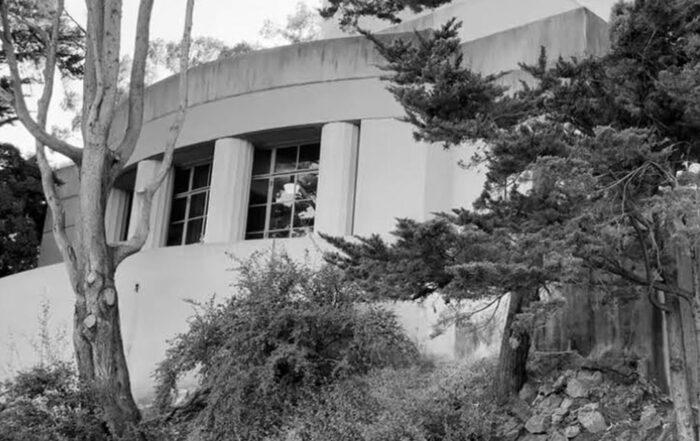The Detroit Free Press Building, The Cadillac Book Tower, and Michigan Central Station are three of Detroit’s most recognizable buildings. The City that once revolutionized the automobile industry began to fall into noticeable decline in the 1960’s due to multiple factors. The outsourcing of automobile manufacturing overseas, job loss and poor job creation, and racial tensions in Detroit created a tense and dire situation. “The migration of whites to the suburbs left blacks in control of a city suffering from an inadequate tax base, and too few jobs.”
Detroit’s economic decline not only impacted the residents of this once vibrant and bustling city but its historic architecture as well. What a strange phenomenon to witness numerous buildings essentially empty of people and all basic functions overnight. The urban fabric that once defined this great city was suddenly void of all life and purpose. As a result, these iconic buildings such as the Detroit Free Press Building, the Cadillac Book Tower, and Michigan Central Station remained empty, patiently waiting on Detroit’s rebirth.
“This city has burnt to the ground more than once. But it emerged every time, ready for a comeback….Detroit was destroyed by fire in 1805, and that tragedy gave the city its motto: “Speramus meliora; resurget cineribus,” or “We hope for better things; it will arise from the ashes.”
Since 1998 the Detroit Free Press Building has been vacant. The Detroit Free Press Building designed by Albert Kahn and constructed in 1925 was once considered his “limestone masterpiece” and was the 15th home of the Newspaper since it began in 1831. “Everything that went into creating the paper was carried out under its roof, from the mailers being stuffed into papers, to ads being sold, to the gigantic printing presses that were housed in the building’s basement….as the costs for publishing the paper grew and its number of employees shrank with new technological advances, the Free Press headquarters became too expensive to maintain. Fortunately, in 2017 Dan Gilbert of Bedrock Real Estate purchased the building from investors and promised to give it new life. The building had been sold several times through years and that continuous ownership protected it from vandalism and irreparable damage. The most obvious deterioration could be seen in the interior murals and exterior ornamental iron work. In 2019, Allen Architectural Metals was hired to remove the historic cast grey iron on the ground level, repair when possible, and re-create missing elements and the ornaments deemed “beyond repair.” The project goals were to save as much original material as possible throughout the building.
With that in mind, Turner Construction, Kraemer Design Group, Modern Mirror & Glass, and Allen Metals developed the details for the exterior storefront system that would integrate both the historic iron work and the new extruded aluminum. Where the historic iron could be saved it was and when new castings were required, they were cast in aluminum to differentiate between the original castings and the most current restoration. This approach allowed the aluminum system to carry less weight and eliminated the need for internal reinforcement and additional isolation material between dissimilar metals.
The Cadillac Book Tower, designed by architect Louis Kemper in 1916 opened in 1926 and required a decade to construct and survived with a similar history to the Detroit Free Press Building. Allen was selected by Christman/Brinker to restore the exterior cast iron to its former glory. The building’s history and innovative approaches to preservation to be discussed in detail.
Allen Metals was also selected by Christman/Brinker to repair the monumental cast iron and steel windows at Michigan Central Station.
The Detroit Free Press Building, the Cadillac Book Tower, and Michigan Central Station exemplify the state of Architectural Cast Iron in the City of Detroit after decades of neglect and decay. These 3 case studies serve as successful examples of preservation projects that met design requirements, challenging schedules, and budget constraints.











